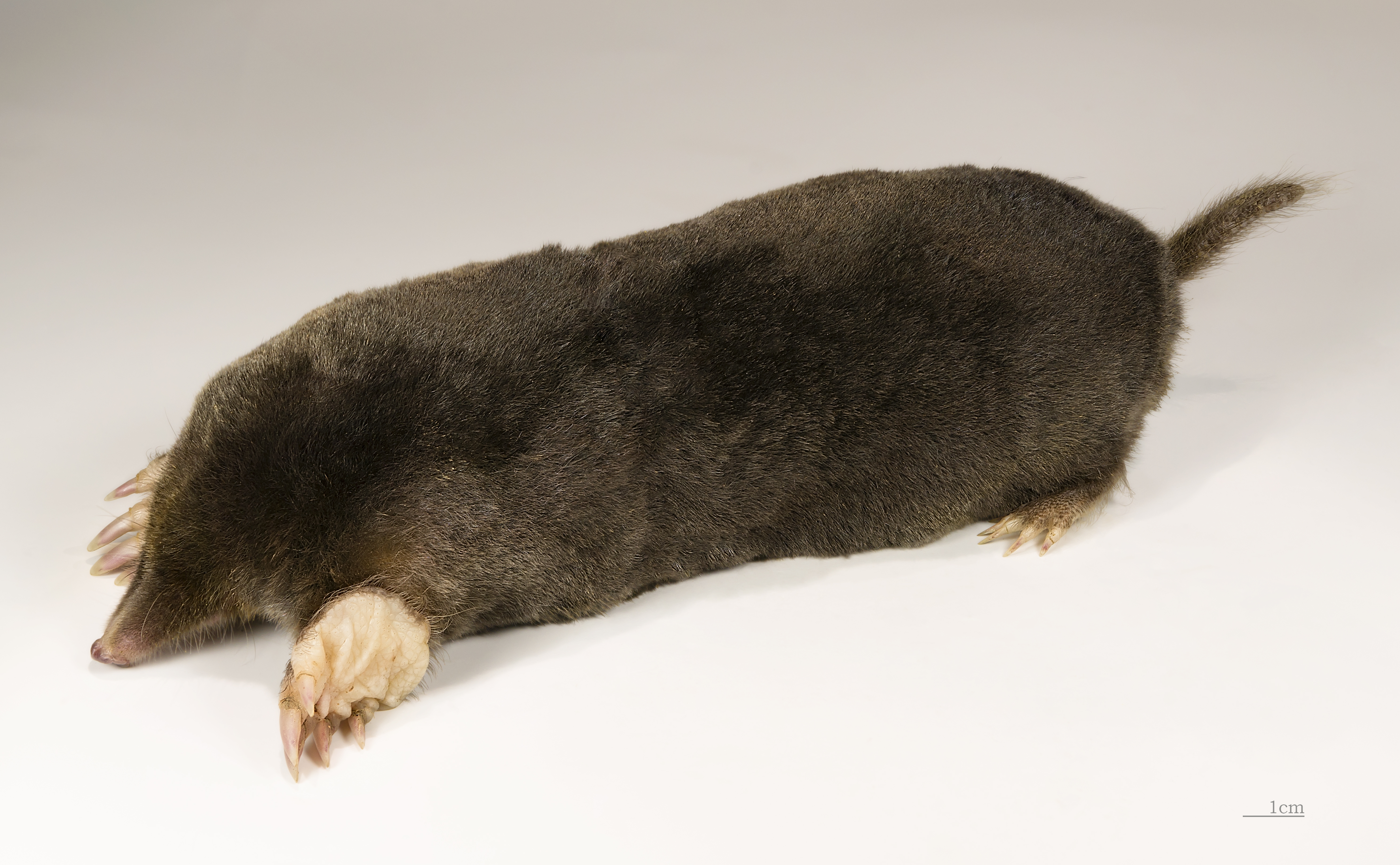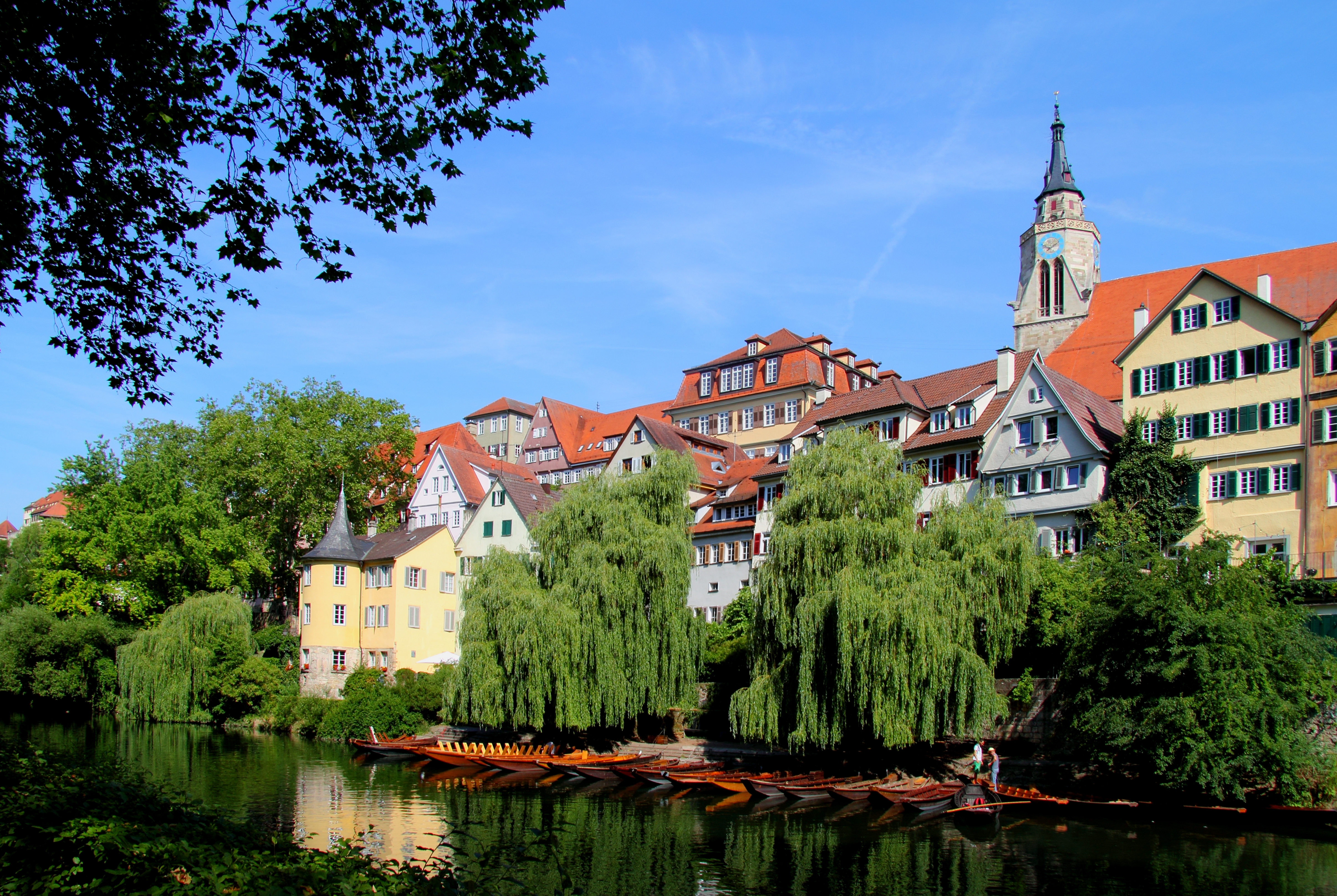|
Amphilemuridae
The Amphilemuridae are a family of extinct mammals belonging to the order Eulipotyphla, from the Eocene The Eocene ( ) Epoch is a geological epoch that lasted from about 56 to 33.9 million years ago (mya). It is the second epoch of the Paleogene Period in the modern Cenozoic Era. The name ''Eocene'' comes from the Ancient Greek (''ēṓs'', " ... of Europe and North America. Description Amphilemurids were generally small in size and may have resembled moonrats in life. Some species had spines like those of hedgehogs, while others were almost free of spines or had bristly coats. Most species are known only from teeth. Classification The family Amphilemuridae was first described in 1953 by Hill, and was included in the order Insectivora, which later proved to be polyphyletic. Currently the amphilemurids are considered basal members of the order Eulipotyphla, although Hooker and Russell (2012) considered them to belong to the order Macroscelidea. Taxonomy Family †Amphile ... [...More Info...] [...Related Items...] OR: [Wikipedia] [Google] [Baidu] |
Amphilemuridae
The Amphilemuridae are a family of extinct mammals belonging to the order Eulipotyphla, from the Eocene The Eocene ( ) Epoch is a geological epoch that lasted from about 56 to 33.9 million years ago (mya). It is the second epoch of the Paleogene Period in the modern Cenozoic Era. The name ''Eocene'' comes from the Ancient Greek (''ēṓs'', " ... of Europe and North America. Description Amphilemurids were generally small in size and may have resembled moonrats in life. Some species had spines like those of hedgehogs, while others were almost free of spines or had bristly coats. Most species are known only from teeth. Classification The family Amphilemuridae was first described in 1953 by Hill, and was included in the order Insectivora, which later proved to be polyphyletic. Currently the amphilemurids are considered basal members of the order Eulipotyphla, although Hooker and Russell (2012) considered them to belong to the order Macroscelidea. Taxonomy Family †Amphile ... [...More Info...] [...Related Items...] OR: [Wikipedia] [Google] [Baidu] |
Eulipotyphla
Eulipotyphla (, which means "truly fat and blind") is an order of mammals suggested by molecular methods of phylogenetic reconstruction, which includes the laurasiatherian members of the now-invalid polyphyletic order Lipotyphla, but not the afrotherian members (tenrecs, golden moles, and otter shrews, now in their own order Afrosoricida). Eulipotyphla comprises the hedgehogs and gymnures (family Erinaceidae, formerly also the order Erinaceomorpha), solenodons (family Solenodontidae), the desmans, moles, and shrew-like moles (family Talpidae) and true shrews (family Soricidae). True shrews, talpids and solenodons were formerly grouped in Soricomorpha; however, Soricomorpha has been found to be paraphyletic, since erinaceids are the sister group of shrews, and they are more closely linked to the Carnivora order; (such as cats, dogs, bears, skunks, badgers, etc.). It is the sister clade of Scrotifera; together, they make up Laurasiatheria. Classification * Order Eulipoty ... [...More Info...] [...Related Items...] OR: [Wikipedia] [Google] [Baidu] |
Pholidocercus
''Pholidocercus'' is an extinct monotypic genus of mammal from the Messel pit related to and resembling the modern-day hedgehog A hedgehog is a spiny mammal of the subfamily Erinaceinae, in the eulipotyphlan family Erinaceidae. There are seventeen species of hedgehog in five genera found throughout parts of Europe, Asia, and Africa, and in New Zealand by introductio ... with a single species, ''Pholidocercus hassiacus''. Like the hedgehog, it was covered in thin spines. Unlike hedgehogs, it had scales on its head in a helmet-like formation, and had a long, thick, scaled tail. External linksMikko's Phylogeny Archive Amphilemuridae Prehistoric Eulipotyphla Eocene mammals of Europe Prehistoric monotypic mammal genera Prehistoric placental genera Fossils of Germany Fossil taxa described in 1983 {{paleo-eulipotyphla-stub ... [...More Info...] [...Related Items...] OR: [Wikipedia] [Google] [Baidu] |
Macrocranion
''Macrocranion'' is a genus of extinct mammal from the Eocene epoch of Europe and North America. Exceptional fossils have has been found in the Messel Pit of Germany. ''Macrocranion'' species are often described as forest-floor predators, about the size of small squirrels but with longer limbs. The genus is represented at the Messel Pit site by two species, ''M. tupaidon'' and ''M. tenerum''. ''M. tupaiodon'' had woolly fur with no spikes. Although possibly an omnivore, fossil remains indicate the specimen had eaten fish near the time of its death. This small animal was approximately fifteen cm in length, with long back legs capable of considerable speed. The fossil of ''M. tenerum'' is five cm long. The species also had long legs for rapid movement, but its fur included a spiky protection. The long legs, however, indicate the animal couldn't have effectively rolled up for defense. Fossilized stomach remains show that ''M. tenerums diet included ants, so it may have been an ... [...More Info...] [...Related Items...] OR: [Wikipedia] [Google] [Baidu] |
Tübingen
Tübingen (, , Swabian: ''Dibenga'') is a traditional university city in central Baden-Württemberg, Germany. It is situated south of the state capital, Stuttgart, and developed on both sides of the Neckar and Ammer rivers. about one in three of the 90,000 people living in Tübingen is a student. As of the 2018/2019 winter semester, 27,665 students attend the Eberhard Karls University of Tübingen. The city has the lowest median age in Germany, in part due to its status as a university city. As of December 31, 2015, the average age of a citizen of Tübingen is 39.1 years. The city is known for its veganism and environmentalism. Immediately north of the city lies the Schönbuch, a densely wooded nature park. The Swabian Alb mountains rise about (beeline Tübingen City to Roßberg - 869 m) to the southeast of Tübingen. The Ammer and Steinlach rivers are tributaries of the Neckar river, which flows in an easterly direction through the city, just south of the medieval old t ... [...More Info...] [...Related Items...] OR: [Wikipedia] [Google] [Baidu] |


